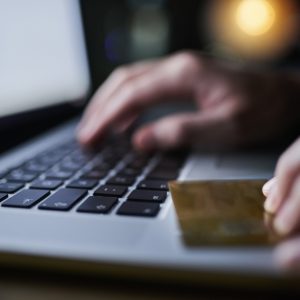
A survey of American and European consumers has found that security is considered the primary function in a smart home system.
The study asked consumers in the United States and Europe to share their priorities for IoT-based smart home management solutions.
The research has found that intrusion protection is of paramount importance, especially with regard to both traditional alarms and the system’s ability to notify the homeowner and law enforcement and/or a central monitoring system of a breach.
Essence, a provider of IoT, cloud-based connected-living solutions, in collaboration with research firm Strategy Analytics, also found that Europeans are willing to pay 50% more for start-up hardware costs than US consumers.
End-users from both regions said they would pay monthly fees for an IoT-based home management solution controllable from any device or location.
Following security, American consumers showed interest in fire safety and convenience, while Europeans said the second most critical feature in a smart home management solution is functionality that focuses directly on energy cost savings.
Martin Woolley, Technical Program Manager at Bluetooth SIG, told CBR: "A significant part of easing homeowner concerns lies in building-in security technology and protocols that use sophisticated, reliable encryption.
"It is important to note that security is never ‘on’ or ‘off’, but rather a sliding scale depending on the level that is required for a particular use case."
Speaking to CBR on how consumers can secure their smart homes Dean Adkins, CTO at Ampersand Mobile, said that some point between "simple and enough, with a wary eye on abuse needs to be established".
Adkins explained: "If all devices are discoverable and adoptable after a power-cycle, then someone’s house could be ‘owned’ by a bad-guy after a power cut. If they have to type in a 32 character identifier of everything they want to control, nobody will bother."
He added: "Security needs to be approached from many angles. Firstly, we have the occupant personal home security measures, cameras, door locks, window sensors etc. All of these need to be connected so the home occupants can constantly monitor their home from anywhere and at anytime."
The CTO explained that people must trust and have the confidence that these systems are effectively a closed circuit and that they are hack proof.
Adkins said: "Next comes the security of the devices themselves. Connections to the [home’s] hub by the occupants need to be secure, especially when transmitting data from apps to the hub, the same goes for the hub connecting to the cloud/machine learning."
He added that a security flaw could risk a complete loss of confidence and trust in the connected home from consumers.






